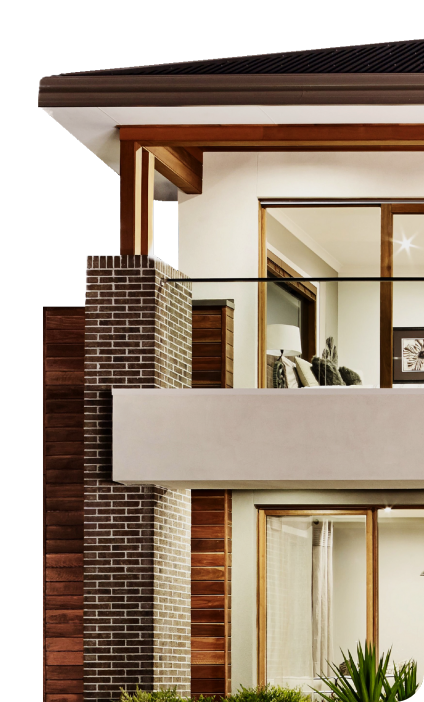What is a fixed-rate mortgage?
A fixed-rate mortgage is a type of home loan that secures, or fixes, the interest rate on a mortgage so the rate will not change over the life of the loan. Fixed-rate mortgages are one of the most common types of home mortgages available; you can choose a conventional loan or a government-backed loan like the FHA, VA and USDA mortgage programs.
5 Benefits of a PrimeLending fixed-rate mortgage
Making a monthly fixed-rate mortgage payment has several benefits. Most notably, securing or “fixing” the interest in place for the life of the loan and having a range of long- and short-term options to choose from. Other benefits for a fixed-rate mortgage include:
- Predictability. Your monthly payments will never change so you always know what you owe.
- Lower payments. Lower monthly payments are available on long-term fixed-rate mortgages.
- Save at tax time. The interest you pay on the loan is tax-deductible1.
- Down payment programs. You can use down payment assistance programs2 with your fixed-rate mortgages.
- 0% down options. Some programs allow for up to 100% financing.
Can your mortgage payment go up on a fixed-rate loan?
No. Even if overall market rates go up, because the interest rate is fixed for the life of the loan, your principal and interest monthly fixed-rate mortgage payment will not go up over time.
How a fixed-rate mortgage works
A fixed-rate mortgage works by locking in your interest rate for the duration of your loan. A monthly fixed-rate mortgage payment includes both principal and interest amounts. Principal goes directly to pay off the loan balance, increasing the equity you have in your home. Interest is the cost of borrowing the money. As a general rule, at the beginning of a fixed-rate loan, a higher percentage of each monthly payment is applied toward interest, not principal. Over the course of the term, this will even out and reverse as a larger percentage of each payment goes toward principal. This is important to remember when deciding which fixed-rate mortgage will work best for you.
30-year fixed-rate mortgage
Considered a long-term mortgage, a 30-year fixed mortgage rate offers some of the lowest monthly payments available since they’re spread out over a longer period of time. However, because you make more payments, you pay more interest over time. A 30-year fixed-rate mortgage is a good choice if you plan on staying in the home for a long period of time, at least seven to ten years. But even if that’s not your plan, the low monthly payments can still make this a smart choice. You just won’t build equity as fast.
15-year fixed-rate mortgage
A 15-year fixed-rate mortgage is considered a short-term mortgage. You can expect the monthly payments to be somewhat higher with a 15-year fixed-rate mortgage because they’re not spread out as long. But because the term is shorter, you pay a lot less toward interest and can save thousands over the life of the loan. For the same reasons, more of your monthly payments will go toward principal sooner, and your home’s equity will increase at a much faster rate. In essence, it costs less to borrow the money.
Can you refinance a fixed-rate mortgage?
If you are eligible, a refinance of a fixed-rate mortgage may potentially allow you to reach a number of your financial goals including a shorter loan term, reducing your interest rate or removing mortgage insurance. When refinancing a fixed-rate mortgage, it is important to consider if the time is right for both you and your budget. Using a refinance calculator can help you see the difference a refinance could make to your fixed-rate mortgage.
